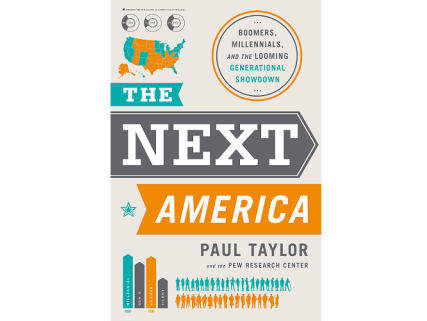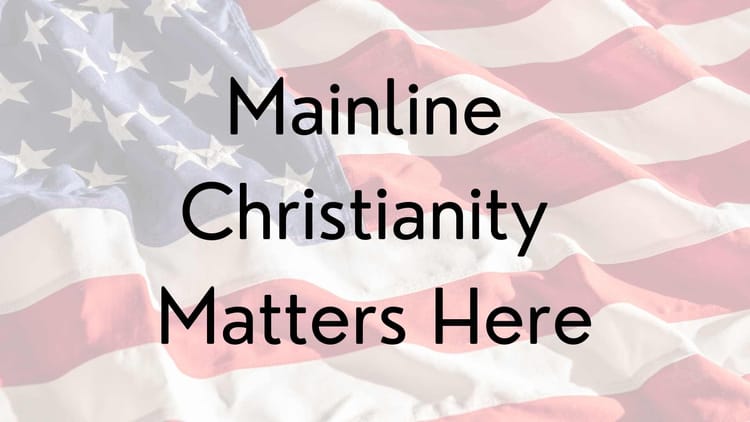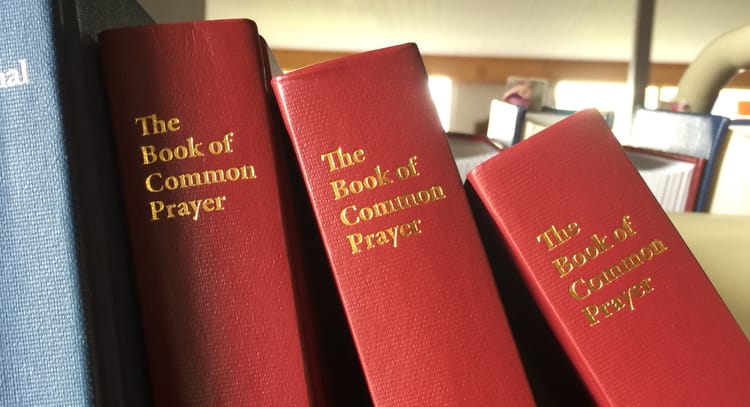Next America 6: Newcomers to America

This is part of a series summarizing and reflecting on The Next America: Boomers, Millennials, and the Looming Generational Showdown from the perspective of an Episcopal priest.
Section Summary
Chapter 6, titled “The New Immigrants” seemed long to me, but only because it covers a lot of ground. To make a clearer summary, I’m breaking it into sections. And I’m getting away from bullet points, because my bullet points are turning into paragraphs… we might as well have paragraphs!
In general:
Today, 42 million immigrants and 37 million US-born children of immigrants reside in the United States. If trends continue, by 2050 almost 4 in 10 Americans will be either immigrants themselves or the children of immigrants, the highest share in United States history.
Since the most recent wave of immigration began in 1965, about half of all new arrivals have been from Latin America. Another quarter arrive from Asia. The last quarter is about evenly split between Europe and Africa/the Middle East. However, after the economic crash in 2008, Latin American immigration slowed down while Asian immigration sped up. Since 2009, Asians have surpassed Latin Americans in new arrivals.
In general, immigrants tend to have generational upward mobility in terms of education and economics. The current wave of immigrants largely follows this trend.
Only about 50% of American immigrants vote. An estimated 25% can’t vote because they are here illegally, and the other 25% can’t vote because they have not become naturalized citizens (an expensive and time-consuming process). However, American-born children of immigrants will be aging into the citizenry at the rate of 1 million a year, meaning that Hispanic- and Asian-Americans will be casting almost a quarter of all votes in a few decades.
Opening the borders in a rational way to immigration would ease our stressed old-age dependency ratio and align with our historic values and practices, but it triggers fear among some that current citizens could lose out.
Hispanic immigration data points:
First- and second-generation Hispanics are more likely than the general public to place high importance on leading a religious life, having a good marriage, being a good parent, and being successful in career. “They are “family-oriented, religious strivers” (p. 74) Educational attainment continues to lag behind other racial and ethnic groups, primarily because of economic constraints. More than the general public, Hispanics tend to say that you “can’t be too careful when dealing with people.”
Despite the fact that half of all Hispanic immigrants are here illegally, only a third speak English proficiently, and three-quarters have a high school degree or less, the second generation significantly improves upon the first in terms of education, income, home ownership, and wealth. However, the second generation of Hispanic immigrants trails the general adult population in education, income, home ownership, and wealth. Age is a factor: the second generation of Hispanic adults have a median age of 28, so they are impacted by the generational wealth gap. (Median age of all American adults is 46.)
Asian immigration data points:
Asian Americans now make up almost 6% of the US population, up from less than 1% in 1965. A significant majority (74%) of Asian Americans were born abroad; of these, only about half feel they speak English very well.
More than the general public, Asian Americans tend to believe that people can get ahead with hard work. Asian Americans exceed the general population in college education, annual income, and median household wealth.
An emphasis on family leads Asian Americans to be more likely than the general public to be married, more likely to live in a multi-generational household, and less likely to raise children as single parents. There isn’t sufficient data to compare the second generation of Asian Americans to the first, but early indications are that they continue to achieve in many of the same ways as their parents.
Illegal immigration:
- Pew Research estimates that there were 11.7 illegal immigrants living in the United States in 2012.
- These immigrants are much more likely to be parents of a minor child than either legal immigrants or native-born US adults.
- About 4 in 5 of the children of these parents were born in the United States and are thus citizens.
Churchwork Reflections
These trends are interesting in the aggregate, but only really useful in terms of strategy if you know how they are playing out in your region. I wondered, was there anywhere online that I could learn more about my local demographics?
Well, yes there is: American FactFinder. There, you can look up your community’s demographic data on many levels: town, city, county, state – you name it.
I was particularly interested in the growing Hispanic population (what priest gazing at depressing data wouldn’t want to hear about a religiously-oriented demographic group?). Pew Research has a whole separate website on their research in the Hispanic/Latino community – definitely worth studying.
The Episcopal Church has been strategizing to be hospitable to the Latino community. This hasn’t been a major focus in my diocese, so I confess I am behind on this learning curve. The vision for reaching the Hispanic/Latino population has been described in a strategy document published by the Episcopal Church in 2009. One paragraph that stood out to me from the beginning of the report:
[Past] Latino/Hispanic ministry development initiatives in the Episcopal Church focused on broad demographics and lacked clear, immediate, actionable, and measurable goals for evaluation of progress and did not allow for ongoing adjustments. Sadly, almost 40 years of documents, resolutions, good will, and immeasurable effort from talented individuals has yet to produce results. Nothing the Church has produced so far has reflected the growth of the Latino/Hispanic community, the changing face of America, and the dispersal of this community into a sizable percentage of the 7,000-plus neighborhoods of the Episcopal Church.
This report, which is about five years old, completely changes the paradigm by providing a foundation of factual information, logical compelling analysis, and a coherent mission strategy. Sadly, I don’t find these qualities in many of the church reports I read. If you are an Episcopalian, you must read this report. (Especially if you are a member of the Task Force for Reimagining the Episcopal Church or any other body that has to produce reports to the church.) Its beautifully-designed, data-rich 25 pages will open your mind to new possibilities.
From Reflection to Action
I’m aware that immigration has affected my region (west Michigan) but I had not integrated that reality into my thinking about the future Episcopal Church. This was my error. I’ll start asking questions and bringing up this topic in our diocesan gatherings as we seek a better understanding of our way forward.
As a second-generation American, I have a personal understanding of how dislocating an immigrant experience can be. I look forward to reflecting on that aspect of my story and integrating attention to America’s newcomers into future ministry.
Does your church/diocese/whatever have a mission strategy?
Does it include immigrants and their families?





Member discussion